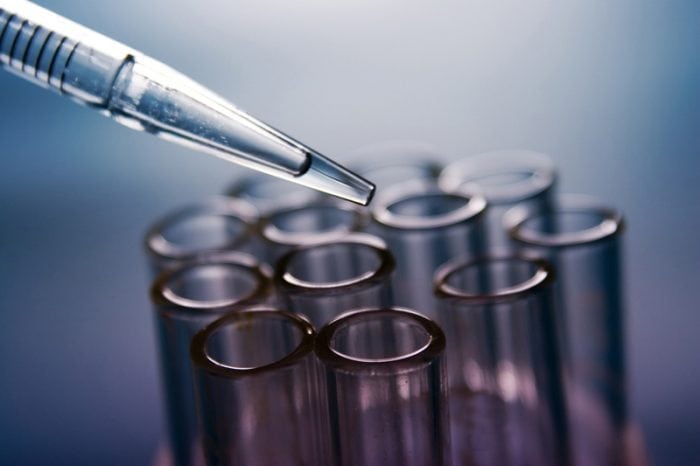
Often chemical reactions that are discovered in the laboratory are later found operating in our own bodies. Recently, a research team led by Alexander Kornienko and James J. La Clair have captured on this unique phenomenon to provide new tools for biochemical research.
During the 2015 Natural Products Gordon Conference in Andover, NH, the two began to discuss how they could adapt tools from the organic chemists’ textbook and apply them to advance how we study biological molecules such as genes or proteins. It was not long until the conversation turned to the Paal-Knorr reaction. Discovered in 1884 by German Chemists Carl Paal and Ludwig Knorr, this process involves the condensation of a 1,4-diketone and an amine to generate one of Nature’s arsenal of heterocycles, a pyrrole.
The spark came as Kornienko realized that the Paal-Knorr reaction was the likely culprit behind the activity of ophiobolin A, a fungal toxin that acts by modulating a wide array of proteins and disrupting the normal process within our bodies’ cells. The Kornienko laboratory published this soon thereafter. In 2016, the role of the Paal-Knorr reaction in ophiobolin A was further validated by the O’Shea laboratory at Harvard, which identified ophiobolin A’s ability to covalently modify phosphatidylethanolamine.
After further exploration of the literature, the two discovered that this reaction was also used by a wide array of toxins as illustrated as in the neurological toxicity of n-hexanes. A common a component of fossil fuels, absorption of n-hexanes in mammals results in oxidation to hexane-2,5-dione, which in turn causes nerve damage and even death if exposures are not properly monitored. Recent evidence suggests that toxicity resulting from overexposure to n-hexanes, in part, arises through an unwanted Pall-Knorr reaction.
In their most recent publication, the Kornienko-La Clair team has adapted the Paal-Knorr reaction as a tool to specifically label proteins at lysine residues. Here, they have developed a system that can be used to fluorescently-label proteins, natively. These recently published studies describe how they adapt the stepwise Paal-Knorr process as elucidated by Venkataraman Amarnath then at Duke University in the 1990s to install complex molecular entities within a protein or amine-containing biomolecule.
The true advantage of this technique is that it, like its toxic versions, occurs without the need for additional reagents or catalysts. While in an early stage of development, the team sees the potential for tailoring improved levels of specificity within their reagents with the potential delivering agents that can sequentially bind to and react with disease-related proteins in a cell. This, unlike many drugs developed to date, could be used to profoundly increase one’s ability to target and regulate unwanted biological processes associated with a disease.
The fact that the Paal-Knorr reaction has unfortunately been occurring within humans for many centuries strongly supports the fact that while problematic at high levels, the advance of materials with improved specificity, should enable a new platform to molecularly edit within our cells. The fact that the concept came from nature and will be one day returned to it, adds to its potential.
This study, Irreversible Protein Labeling by Paal–Knorr Conjugation was recently published in the journal ChemBioChem.









